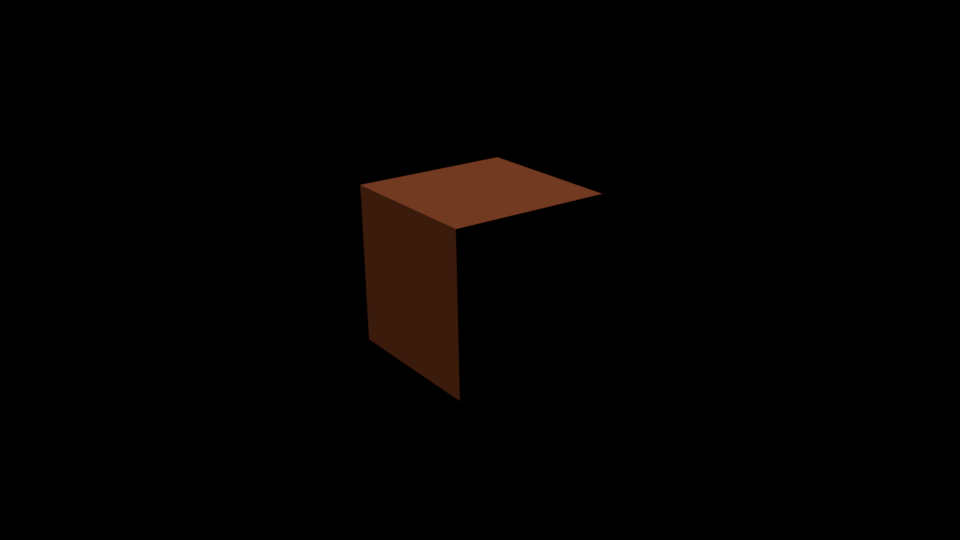The answer for this issue is "albedo", a very important aspect to keep in mind when creating shaders.
Albedo is the reflectance of a material, which in layman terms means how much of the light received is bounced (it's a percentage) and therefore how much is absorbed.
Real world materials don't reflect all the light received nor absorb all the light received (materials you'd call "black" in real world always reflect a little light, while the brightest material you'd call "white" bounces less than a 90% of the light received).
That's the main reason why the default cube is 0.8 RGB gray and not 1.0: albedo is somewhat encoded in the RGB values you feed to shaders as base colour, so if you gave your material a 1,1,1 as base colour, it would bounce back 100% of the light received, which is physically incorrect.
So when you render your materials a part of the light is being absorbed, and the resulting pixel is the light hitting the surface scaled by that albedo (present in the base colour).
I suspect you're trying to reproduce what passes do (multiplying shading by base colour as we discussed in your other question), but it can't work that way because you're multiplying the base colour to the already rendered surface.
Your rendered gray cube has an albedo of 0.8, so it reflected an 80% of the light it received. When you render the brown cube, colour affects the albedo too, and the bounced light is different than 80%, and that's the reason why you get a difference when you multiply.
In other words, your rendered gray cube isn't exactly the same as a pure shading pass, so multiplying colour to produce the same result than rendering a colored cube won't work.


